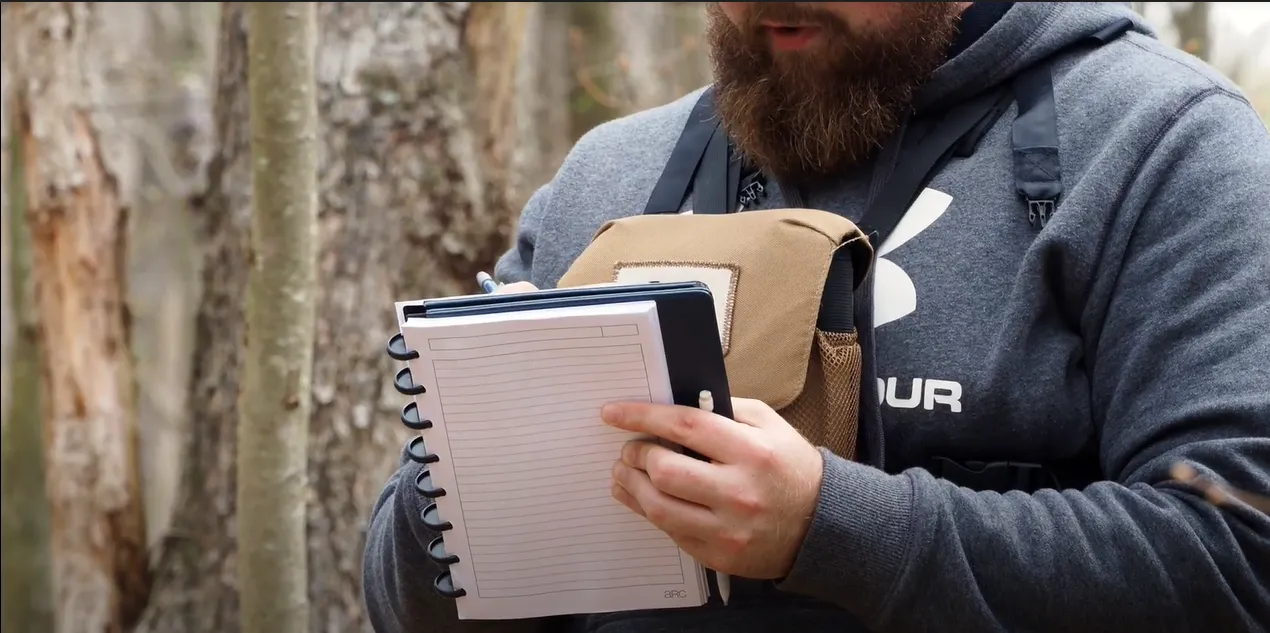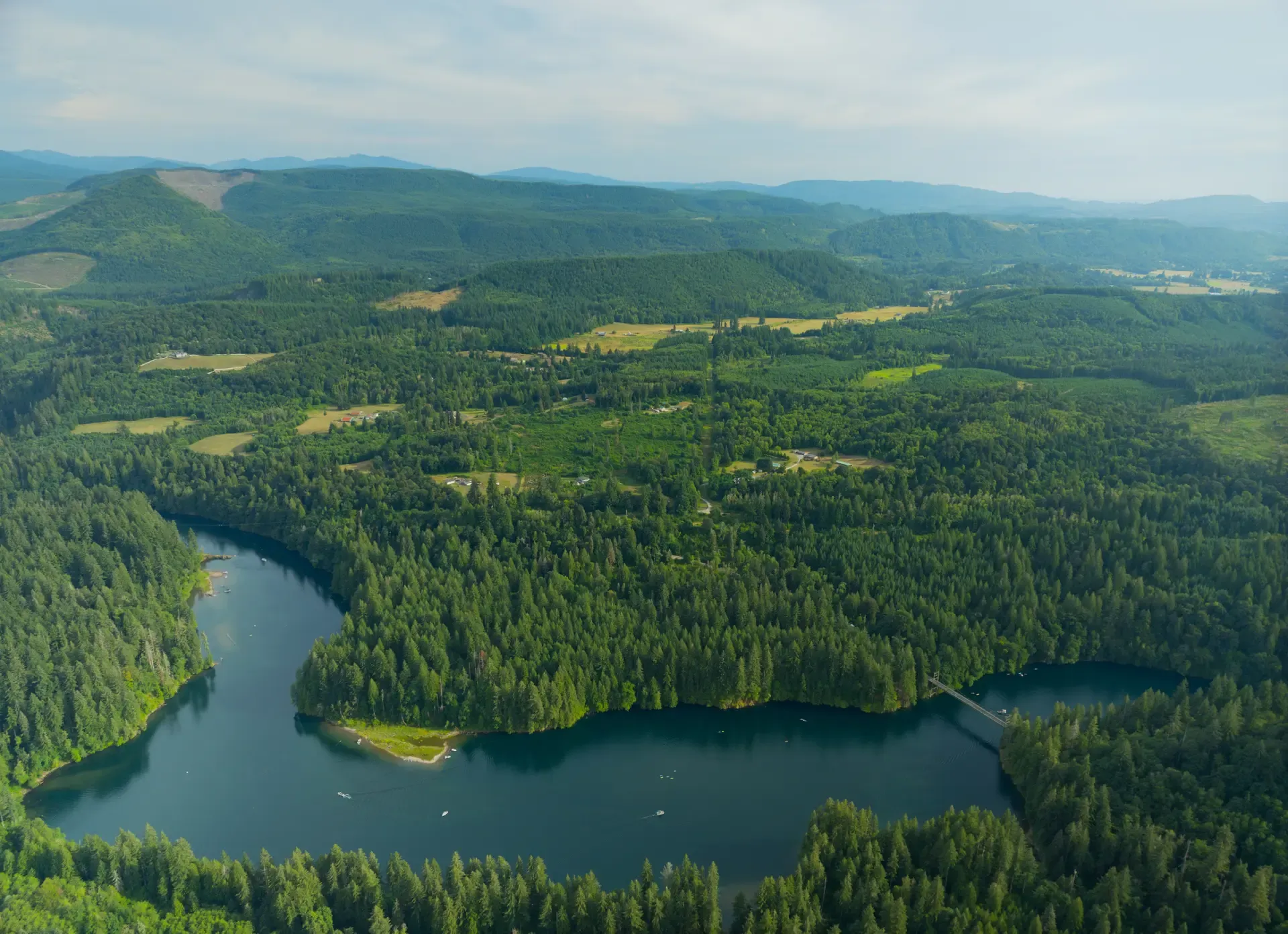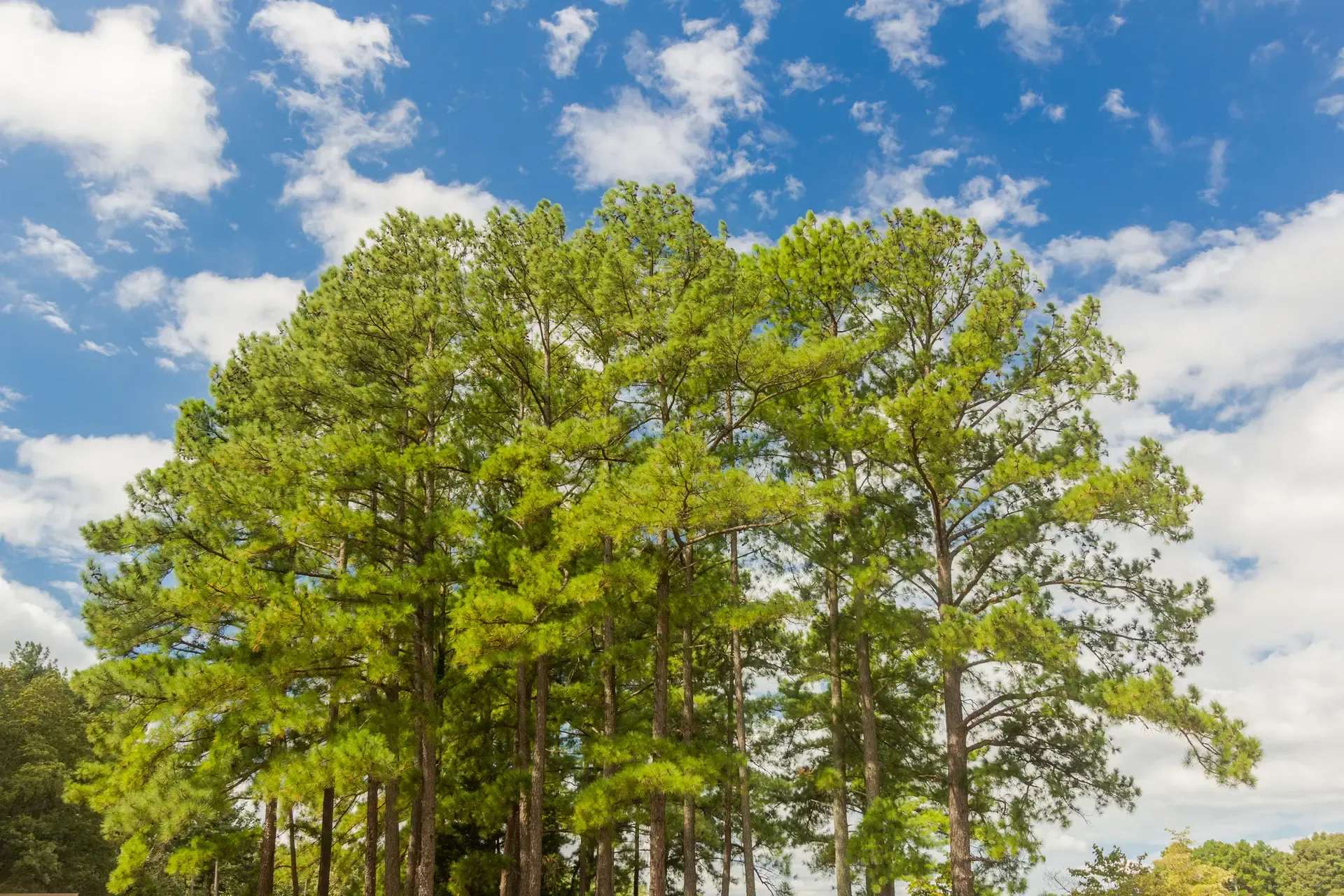What to Expect from Your Forest Management Plan

Did you know that only about 11% of forest owners have a Forest Management Plan? Programs like the Family Forest Carbon Program (FFCP) are helping change that—making it easier for families to care for their land with confidence. By supporting more landowners in creating these plans, we’re growing a more connected community of people who are committed to the health of their woods—and the future of our forests.
What to Expect from Your Forest Management Plan
A Forest Management Plan is more than just a document; it’s like a trail map for your woods and a living record of your care. Whether you're a longtime forest owner or just getting started, it’s a powerful tool that helps you understand what’s growing, what’s thriving, and how to care for it—not just for today, but for generations to come. If you're considering enrolling in the Family Forest Carbon Program, learning what a Forest Management Plan offers is a great place to begin.
A Roadmap for Your Woods
Every FFCP landowner receives a customized Forest Management Plan created by a professional forester (one of our staff foresters, a consulting forester in our network, or one you already have a relationship with). Think of the Forest Management Plan as your forest’s personal guidebook. It offers a snapshot of your land today, along with clear, achievable suggestions for helping your woods grow stronger and healthier over time. Whether your goals include creating wildlife habitat, passing down a healthy forest to your family, or simply keeping your trees standing tall, your plan is designed to help you get there.
What’s Included?
While each plan is tailored to your specific property and goals, you can expect it to give you a clearer picture of your woods and point out practical ways to care for them. It will also align with FFCP’s standards for sustainable forest management and long-term forest health.
After the site visit is complete and an enrollment contract has been signed, our forester sits down to write the management plan that works best for the landowner’s needs within the criteria of the program. For example, if the landowner is seeing emerald ash borer, an invasive species, on their land, she may ask them to do a harvest in a certain area. The plan also contains other advice on how to manage common forest health threats.
A Collaborative Process
Creating your plan is a hands-on experience. A consulting forester will visit your land, walk the woods, and talk with you about what matters most, whether that’s preserving habitat, improving tree health, or just getting to know your forest better. It’s your opportunity to share your vision and values and receive guidance rooted in both science and experience.
Long-Term Benefits
The benefits of a Forest Management Plan last far beyond the first draft. It’s a document you can return to year after year as your forest changes and grows. Having a plan in place can also help you:
- Track your forest’s progress
- Qualify for additional funding programs
- Make confident decisions about harvesting, habitat, or recreation
And if you’re enrolled in FFCP, your plan opens the door to earning income while keeping your woods healthy and intact.
Beyond the practical benefits, your plan is a reflection of your stewardship—a memory of your dedication to the land, and a legacy for the next generation. It honors the past while looking ahead to the future, rooted in understanding, care, and continuity.
Ready to Get Started?
If you’re curious about what a Forest Management Plan can do for your land, we’re here to walk the woods with you. Learn more about the process and how it fits into FFCP by visiting our Forest Management Plans page.
Related Articles

June 30, 2025
Why Voluntary Carbon Markets Are a Smart Investment for Companies Tied to Forests and Water
Extreme weather events are intensifying across the U.S.—from wildfire to prolonged drought and flooding—and our forests are often at the center of these impacts. While these challenges ultimately affect everyone, certain industries increasingly face direct, material exposure to these effects—but they also have unique tools to reduce that risk.

July 25, 2025
Carbon Contracting Cheat Sheet: Part 1
Whether you are leaping into the brave new world of legal contracts or simply just refreshing your vocabulary, here are some common components to carbon offtake agreements and why they matter in layman’s terms.

June 3, 2025
Why Wildlife Loves Loblolly—And How These Pines Can Benefit Your Land
A quiet stretch of pine trees can offer more than just scenery—it can provide vital habitat for wildlife across every season. Loblolly pine, the most common native tree species in the Southeast, plays a particularly important role in creating habitat for a wide variety of game and non-game species, from wild turkeys and rabbits to songbirds and squirrels.